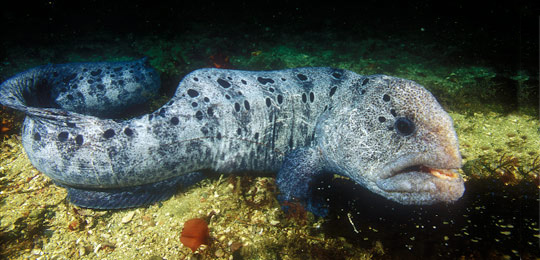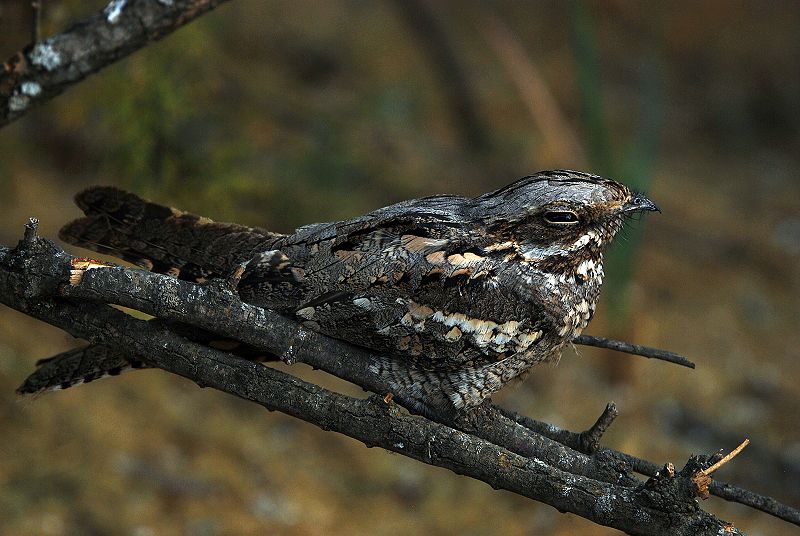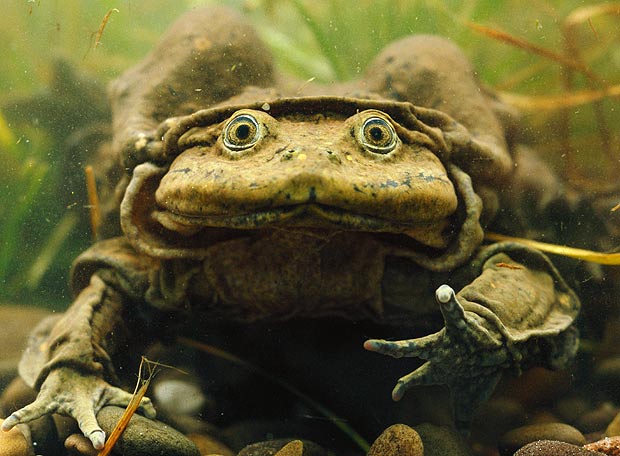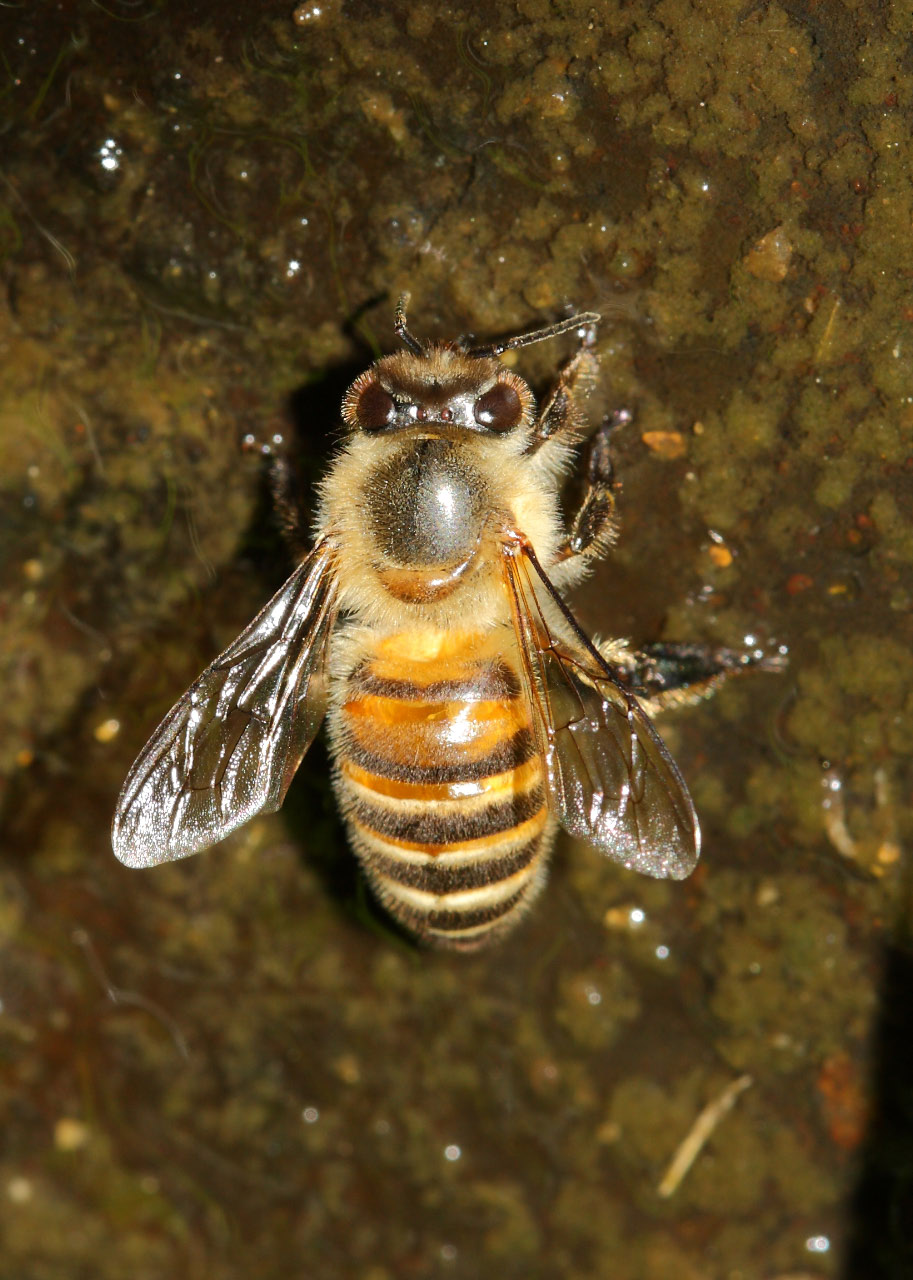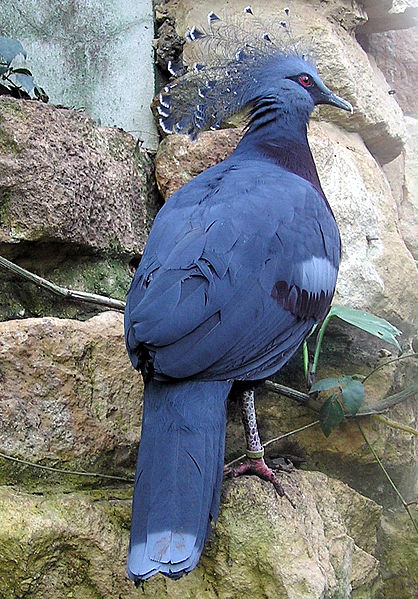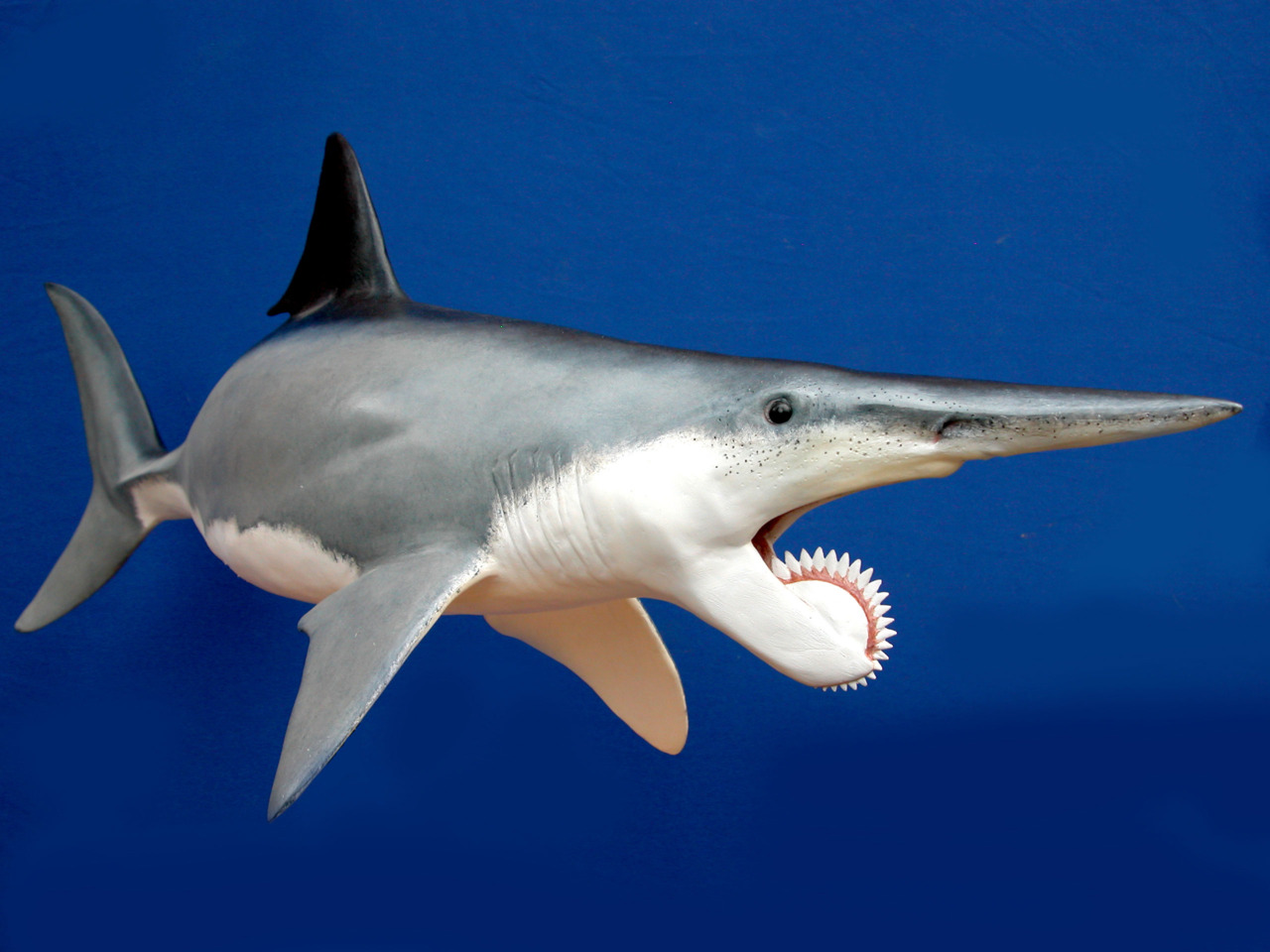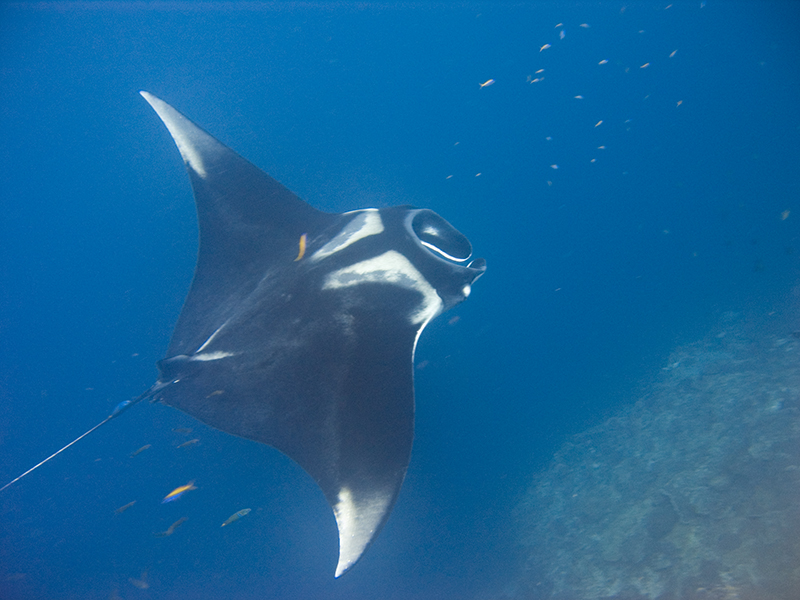
While the Manta Ray can be found in warm, tropical waters all across the world, we are all taking a trip today to a little place known as Tofu Bay found in Mozambique. It is here that we will be able to observe the amazing behaviours of this large megafauna species. In fact, Dr. Andrea Marshall and the rest of the staff at The Foundation for the Protection of Marine Megafauna may have discovered a rare breeding ground for this beautiful creature. It is the only known breeding area in the world…so, it is kind of important. I highly recommend you check out the Foundations’ website and consider getting involved with their research. What they are doing is absolutely incredible.
The Largest of All the Rays
Before we head off and adopt a Manta Ray, let’s take a minute to learn a little more about these impressive creatures. The Manta Ray is the largest of all the ray species with some reported being as wide as 9 meters (29.5 feet). Despite their massive size, these creatures are quite docile and gentle in nature, which is a good thing since I am sure these animals could do a lot of damage if they wanted to. These large fish – oh yeah, the Manta Ray is indeed a flattened fish, related to other cartilaginous fish such as the shark – are often taken advantage of because of this relaxed attitude. Animals such as the Great White Shark, Killer Whales and of course Humans tend to be the biggest predators of this majestic underwater specimen.
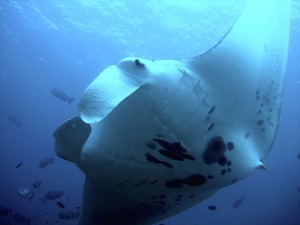
Spectacular Swimmer
If you have ever had the pleasure of viewing a Manta Ray, you know they are graceful creatures that have an acrobatic side to them. Their large pectoral fins and shortened tail allow this fish to perform all kinds of amazing underwater stunts. In some cases they have even been known to jump out of the water, which must be a spectacular sight given their size. Sometimes you just have to marvel at the creatures on this planet.
Manta Ray Fast Fact
On the belly of every Manta Ray are are collection of spots. Believe it or not, these spots act like fingerprints as they are unique for every individual. This is incredibly helpful for researchers as they are able to identify each specimen they are studying. If you want to learn more about this check out the short video below featuring Dr. Andrea Marshall from The Foundation for the Protection of Marine Megafauna. Once you are done with the video, check out their site and think about adopting one of these incredible animals.

